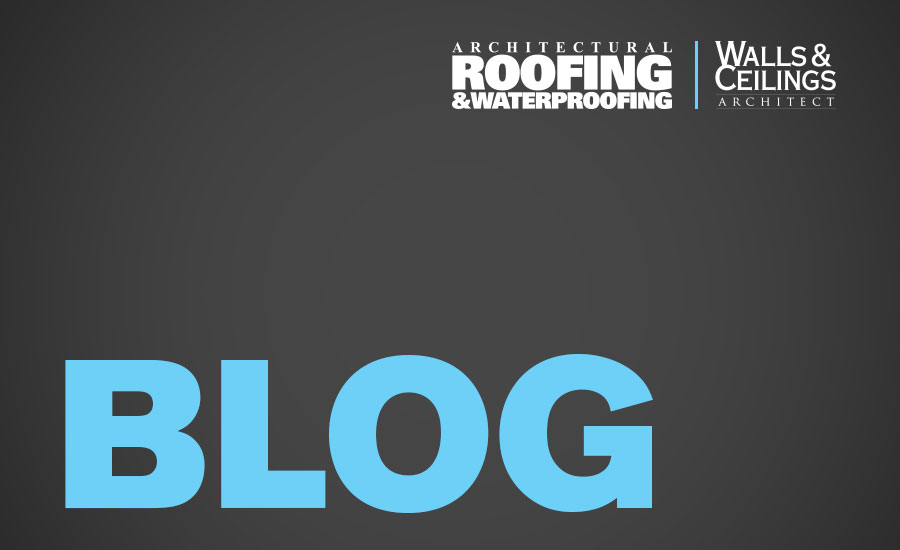Energy efficiency and sustainability have advanced in United States construction in the past two decades. Regulations and building owner sentiment have combined to make these issues top priorities in construction buying decisions. Advancements have been made in materials, methods and design that emphasize energy efficiency.
The latest construction movement in energy efficiency is known as Net Zero Energy (NZE). Simply defined, it is a building or house that produces as much energy as it consumes. Therefore, the building or house is totally self-reliant in terms of energy usage. A few of the methods employed in achieving these goals include:
- Generating power with wind and photovoltaic systems.
- Radiant hot water heating systems.
- Increased thickness (R-value) of insulation at the building envelope.
- Design of envelope with low rate of air leakage.
- Installation of high-performance doors and windows.
Recent industry statistics indicate that this process is still in its infancy. As of the end of 2012, there were only 21 NZE commercial buildings in the United States and only 37 houses. This may be in partially due to increased upfront costs — typically $30,000 higher than conventional building methods. Proponents argue that the upfront costs are offset over time by the fact that there are no associated utility costs with these structures. Also, the cost of solar energy has dropped by 50 percent in the last two to three years from $8 per watt to less than $4 per watt. Costs will continue to decrease as demand increases.
There is one more condition that may add to the increase of this method: future regulations. The U.S. Department of Energy has established a goal to make all buildings be built to NZE standards by 2030.
A best practice for contractors and designers is to begin researching and implementing energy-efficient systems in their designs and construction methods. Recent history has indicated that energy efficiency and sustainability in construction is not just a passing trend.

